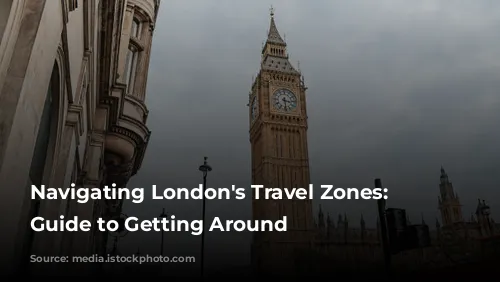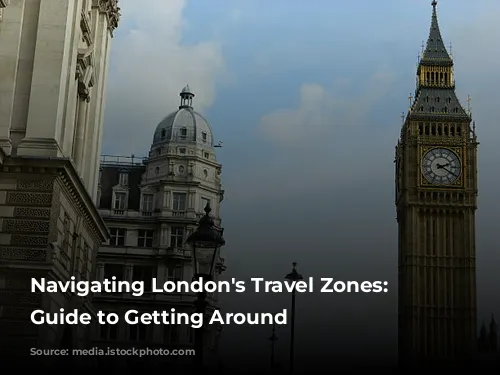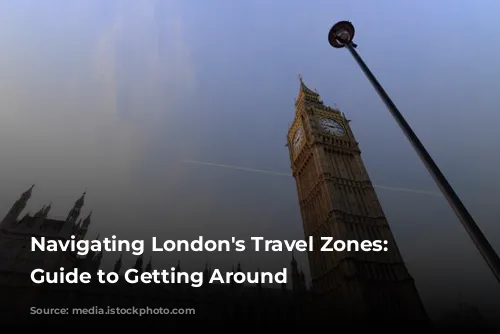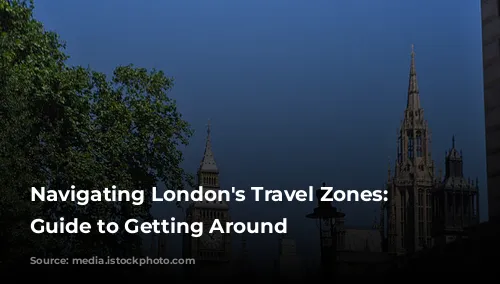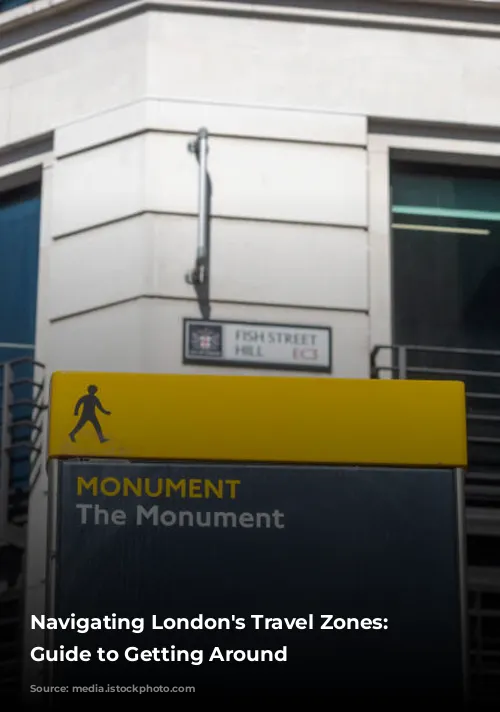London’s Travel Zones are a system used to determine the cost of using public transportation throughout the city. Think of them as concentric circles radiating outwards from the heart of London. Zone 1 encompasses Central London, where you’ll find iconic landmarks like Buckingham Palace, the Houses of Parliament, and the bustling West End. Zones 2 through 9 extend outwards to the city’s suburbs and beyond. The price you pay for your journey depends on the number of zones you cross. Maps provided by Transport for London (TfL) are a great resource for planning trips and understanding the fare structure.
Let’s dive into Zones 1 to 6, which are the most common zones for travelers and residents alike.
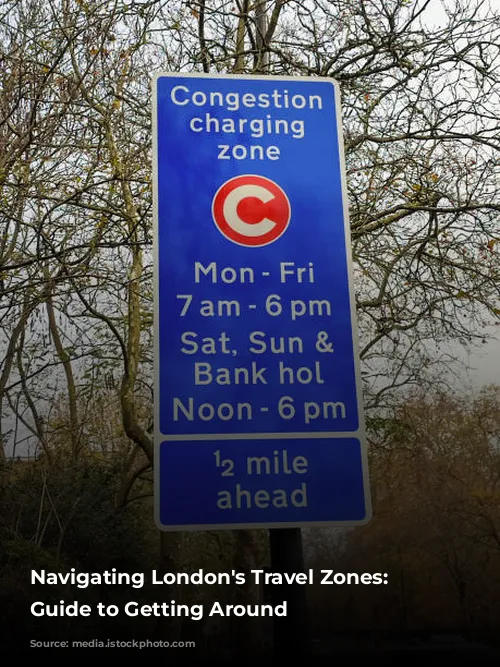
Where You Live Impacts What You Pay
The Travel Zones have a significant impact on rental prices. The closer you are to the heart of the city (Zone 1), the more expensive it will be to find a place to live. This is due to the desirability of being close to major attractions, business districts, and the vibrant energy of central London. As you move outward to Zone 2 and 3, rental costs tend to decrease, offering more budget-friendly options while still having convenient access to central London via public transport. For instance, a one-bedroom flat in Zone 1 could cost over £2,500 per month, while a similar property in Zone 2, which includes neighborhoods like Camden and Hammersmith, might cost around £1,800. In Zone 3, encompassing areas like Stratford and Wimbledon, you could find a one-bedroom flat for about £1,500 per month. Zones 4 and beyond offer even more affordable rentals, but they come with longer commute times to central London.
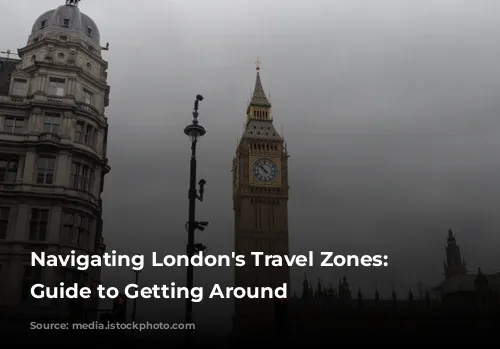
Easy Ways to Pay for Your Journeys
When you’re getting around London via the Underground (the Tube), Oyster cards and contactless payments are the most convenient ways to pay for your journeys. Oyster cards are physical cards you can top up with credit and use to tap in and out of tube stations. Contactless payments are even simpler – you can use your debit or credit card directly, eliminating the need for a separate travel card. Both methods offer the same fare pricing and daily caps. However, contactless payments offer the added benefit of not needing to worry about topping up credit or carrying an extra card, making them a hassle-free option for many commuters. On the other hand, some prefer the anonymity and flexibility of topping up an Oyster card with cash.
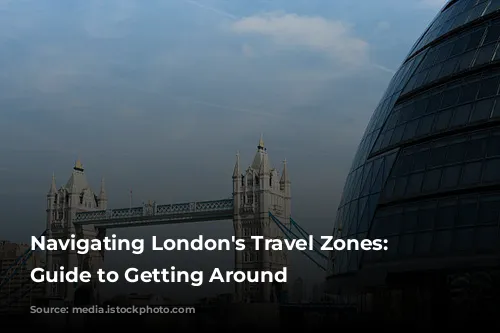
Time of Day Matters: Peak vs. Off-Peak Fares
In London, peak and off-peak hours play a significant role in determining the cost of travel on public transport, including the Tube. Peak fares apply during the busiest times of the day, typically Monday to Friday between 6:30 am and 9:30 am, and 4 pm to 7 pm, excluding public holidays. During these hours, fares are higher to help manage demand and encourage travelers to consider alternative times for their journeys. If you’re a commuter, it’s smart to plan your travel outside of peak hours whenever possible to save money. Consider adjusting your work schedule, if feasible, to avoid the busiest times on public transport. For leisure travel, exploring the city during off-peak hours not only saves on fares but also offers a more relaxed and enjoyable experience without the crowds.
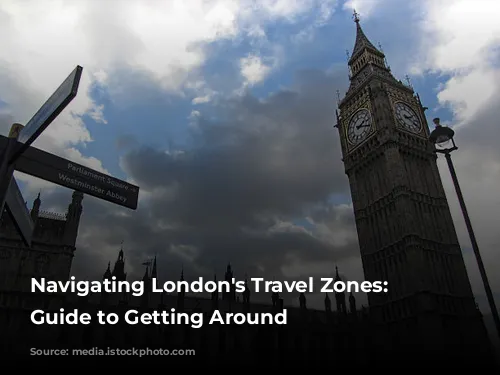
Finding Your Perfect Student Home: Location, Location, Location
When choosing student accommodation in London, location is paramount. You’ll want to factor in the proximity to your university and the cost of travel. If your university is centrally located, accommodation in Zone 1 or 2 might be ideal for easy access. However, if your university is further out, opting for accommodation in higher zones can offer more affordable rent while still providing convenient travel options. Platforms like uhomes.com offer a wide range of London accommodation options across different zones, making it easy to find a place that suits your budget and location preferences. Whether you prefer the vibrant city life of Zone 1 or the quieter suburbs of Zone 3 or beyond, uhomes.com can help you find the perfect student home.
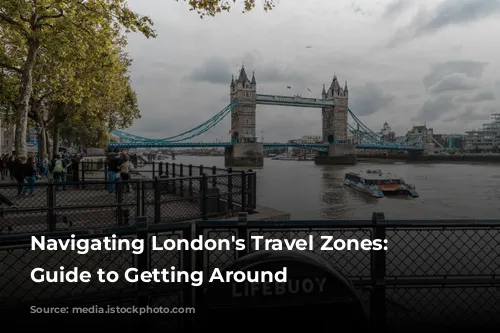
The Best Zones in London: A Matter of Personal Preference
When deciding on the best zone in London for you, consider your priorities. Central London primarily encompasses Zone 1 and 2. Zone 1, the heart of the city, is brimming with iconic attractions, bustling business districts, and a vibrant cultural scene. It’s also the most expensive. Zone 2 surrounds Zone 1, offering a mix of residential and commercial areas, providing a balance between easy access to the city and slightly more affordable living. Both zones are well-connected by public transport, making them highly desirable for both living and tourism.
Here’s a quick breakdown of what each zone offers:
• Zone 1: Ideal for those who want to be in the heart of the action, with easy access to major attractions, business districts, and cultural landmarks. Be prepared for the high cost of living.
• Zone 2: Offers a balance of central access and residential comfort, with slightly lower costs than Zone 1.
• Zone 3: Provides more affordable housing options while still being reasonably close to central London.
• Zones 4-6: Best for those seeking a quieter, suburban lifestyle with more green spaces, although travel times to central London are longer.
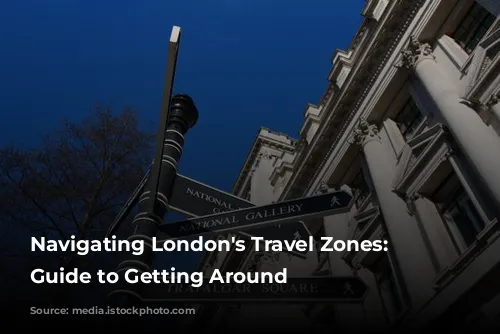
Beyond the Zones: Oyster Card Information and More
Oyster card zones refer to the fare zones of London’s public transport system, where you can use your Oyster card for payment. London is divided into nine fare zones, with Zone 1 covering central London and Zones 2 to 9 radiating outward to cover the suburbs and outskirts. The fare you pay with your Oyster card depends on the number of zones you travel through.
What is the London Underground price cap? The price cap is the maximum amount you will pay for travel in a day. No matter how many trips you take within a 24-hour period (from 4:30am to 4:30am), you won’t be charged more than this set amount. The price cap applies across all modes of transport, including buses, the Underground, and the DLR.
What transportation options can I find in London? London offers a variety of ways to get around, including the Underground, Overground, Docklands Light Railway (DLR), buses, Emirates Air Line cable car, Santander Cycles, and River Bus services along the Thames.
Can I travel between different London transport zones with one ticket? Yes, you can travel between different zones with a single ticket. The cost of the ticket will depend on the number of zones you cross during your journey. Using an Oyster card or contactless payment makes this process seamless and often cheaper than buying individual tickets.
